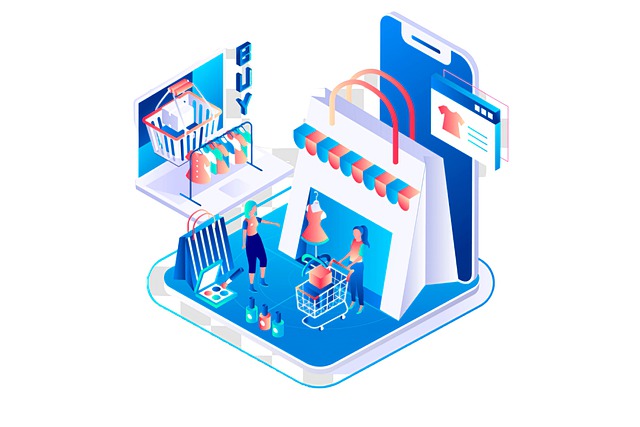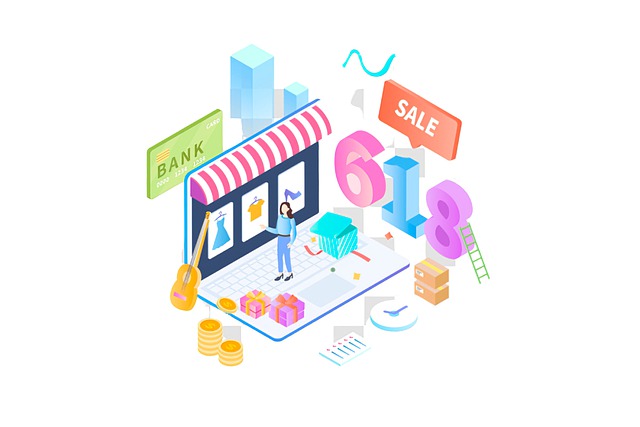Why Are Regular eCommerce Sites Turning into Marketplaces?
New websites are popping up almost every day making eCommerce a space of infinite possibilities. But, so many options can sometimes aggravate making the right decision about where to sell your products.

Lately, eCommerce has been faced with a new trend. More and more eCommerce sites are turning into marketplaces. Some of the latest examples are Carrefour and CicekSepeti.
There are different reasons behind this, but one of the most common ones is the shift in business strategy. When turning into marketplaces, eCommerce sites become more visible to a larger audience. Not to forget higher SEO traffic this brings – a website will simply have more content (more products to sell). The profit is also higher – sellers would need to pay the marketplace fee – as they would for any other marketplace.
This can also be seen as a form of collaboration. Brands from the same country or industry can team up to fight other competitors.
It remains to be seen how the traditional marketplaces (like Amazon, eBay) will react to this new trend, but, certainly, stronger market segmentation can not be avoided.
So, what should be the best approach? Create your eCommerce site, become a part of a marketplace, or to turn your eCommerce site into a marketplace?
We’ll explain everything from the beginning.
What is the difference between eCommerce sites and Marketplaces?
Let’s start with the basic difference.
- Own eCommerce website: this is a website run by the seller itself. In that way, customers can get their hand on the products by buying them directly from the seller, without any third party involved. Many eCommerce stores/platforms are developed with the help of platforms such as Magento, Shopify, WooComerce, Yo!kart and BigCommerce.
- Marketplace: a place where many different sellers can offer their products divided into respective categories.
- Hybrid approach: this is for example Amazon (they sell products themselves – Amazon Direct, and they offer other sellers to sell their products on the same platform)
As you can see, the main difference between a marketplace and an eCommerce site is pretty simple, but you need to know your goal to make the right decision.
Being present in a marketplace means that you’re visible to millions of potential customers but at the same time you’re surrounded by fierce competition. On the other hand, an eCommerce website will help you stand out, and present your products in a way you think it’s the best. Much more traffic will be directed to your website, but at the same time developing and maintaining an eCommerce site requires a lot of resources. In both cases, you should pay close attention to your competitors and their price changes. Those issues can be solved by using a price monitoring tool.
That is all great, but, how to know then what is the best option for your business?
No worries, we’re going to dive deep into the pros and cons.
Which Benefits the Marketplace Has To Offer?
Both options have their pros and cons, but let’s see what the marketplace has to offer.

- An easy start
When you are new to eCommerce there are so many things that you need to take into consideration that it’s easy to get lost. Therefore, using an already built solution can be a lifesaver! You avoid the hassle of building a website from scratch and its maintenance is also something you don’t need to worry about.
Practically, development costs equal to zero.
- Potential customers are already there
The marketplace is already a trusted website. You don’t have to struggle with attracting visitors and potential customers, or trying to prove that your site is trustworthy. Such customers have already developed a habit of hunting the products on marketplaces and not wandering around the Internet.
What Are the Downsides of the Marketplace?
You might ask – what downsides are you talking about? It seems like an easy option, why should I even look for something else?
But, that’s not the case.
- The competition is harsh
Your product might be unique, but you need to be aware that there are probably a few other products with some similar features. In a crowded market, customers get easily confused and find it difficult to make a decision. For a new competitor like you, it can be difficult to stand out.
To make things even more complicated, competitors might target the customers who visit your pages and then expose them to their product ads.
- You do not own it
The marketplace rules, positioning of the sellers, the way the purchasing process works, and finally the marketplace fees are in somebody else’s hands. You do own the marketplace, you simply contribute to it.
If you want to play, you’ll have to play by someone else’s rules.
See typical complaints by Amazon sellers about unfair competition rules set by Amazon.
- It’s difficult to create a brand presence
If you put yourself in the customer’s shoes, you’ll have to admit that you most probably remember that you bought something from Amazon, but not which brand it was. In other words, customers will most likely remember the name of the marketplace, but not necessarily the product’s brand.
Which Are The Benefits Of Owning Your eCommerce Website?
Let’s talk a bit about the other side of the coin.

- Establish control over your brand
Being the owner means that all the responsibility, but all the freedom as well, is in your hands. You get to decide how the site should look like and how it works. In other words, you can decide how the whole customer experience would look like.
When having your own eCommerce store you can always integrate it with some price monitoring tool, such as Price2Spy. Integration – Link My Store will allow you to make the process of adding new products completely automated and to detect the products which need to have their price changed.
- Retargeting options
This is probably the biggest advantage that having your eCommerce site can bring. Once the potential customer has visited your eCommerce site, you get the opportunity to include him in your retargeting marketing campaigns. That means that they’ll be seeing your product’s ads, and you’ll be able to market the ones who have already made a purchase.
Newsletters list will help you to spread and strengthen your brand’s awareness, run promotions, and all being done with almost no money invested.
What Disadvantages eCommerce site Shows?
Like offering your products on a marketplace, creating your eCommerce site also comes with a few downsides.
- Problems with the set-up
As we pointed out at the beginning, setting up an eCommerce site is not exactly a piece of cake. It requires that you have a team of developers who can create it, but also to maintain it later on. Of course, you can outsource this, depending on what you rate as a more cost-effective option.
- Make shoppers aware of your site
This is the point where the marketplace has the upper hand against the individual eCommerce sites. People are already familiar with marketplaces and are most likely to make them their first shopping choice. You have to arm yourself with patience – it will take some time for people to know about your eCommerce site, and more importantly, to trust you.
How To Make A Decision?
There is no only one right decision or approach. It depends on what your aim is, but also what resources do you have available. After presenting you with the pros and cons of both marketplaces and eCommerce sites some conclusions can be made.
For instance, if you are a small team with not so much experience or resources, maybe a marketplace is a better and safer option. However, if you’ve developed long-term business goals, it would be better to start the whole process from scratch and create an eCommerce site.
But, if you already have a popular eCommerce site, then turning it into a marketplace can be another option. This is a relatively new approach whose effects on the market are yet to be seen.
Conclusion
Many decisions to be made, and even more factors influencing them. In these times of uncertainty, everyone is trying to reduce the business risk as much as possible. This year has definitely taught us that we can not predict everything. At the same time, both eCommerce sites and marketplaces that had the help of some price monitoring tool, faced the Covid19 crisis more prepared.
Businesses have collapsed, prices have never been changing so quickly, and the only ones who could track it were price monitoring tools.
Therefore, if you want to be one of more than 700 Price2Spy’s clients, we invite you to start your free Price2Spy trial. Whether you want to integrate your store to some of the eCommerce platforms, or you just need help with your pricing strategy, we’re here with you.



